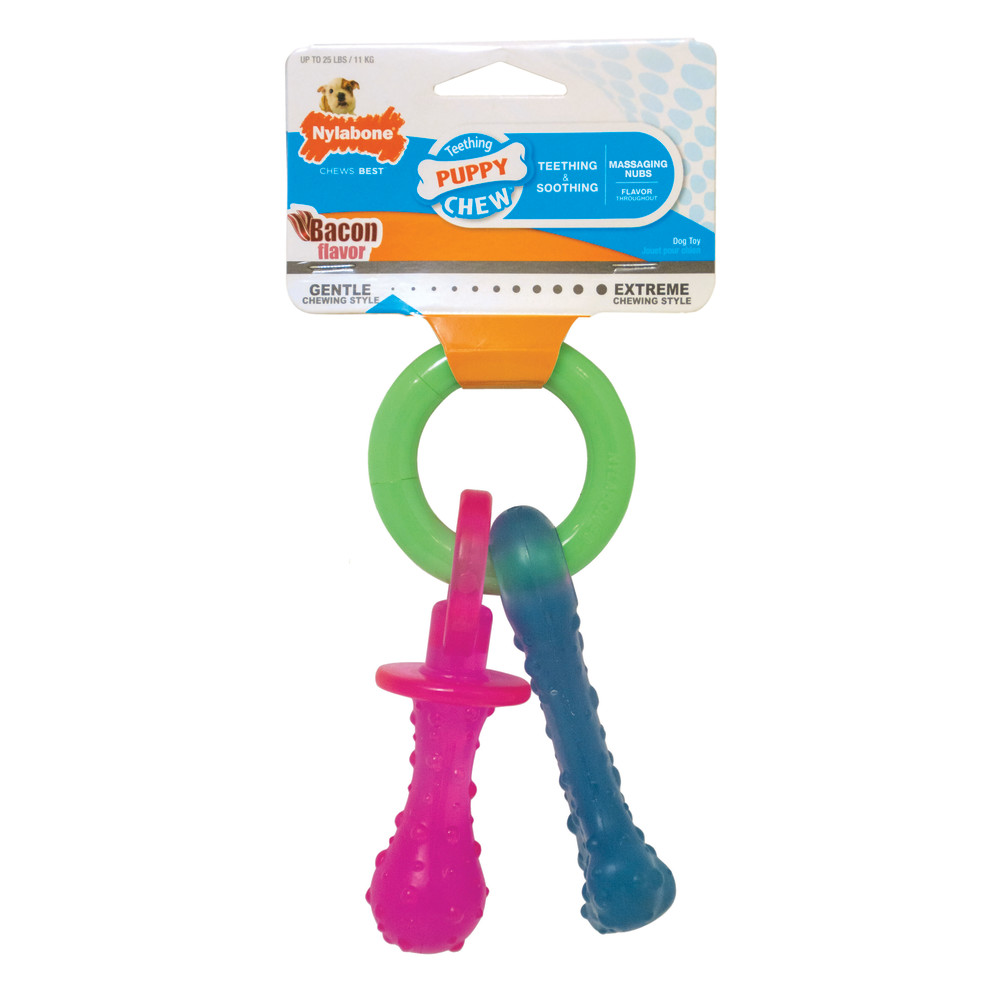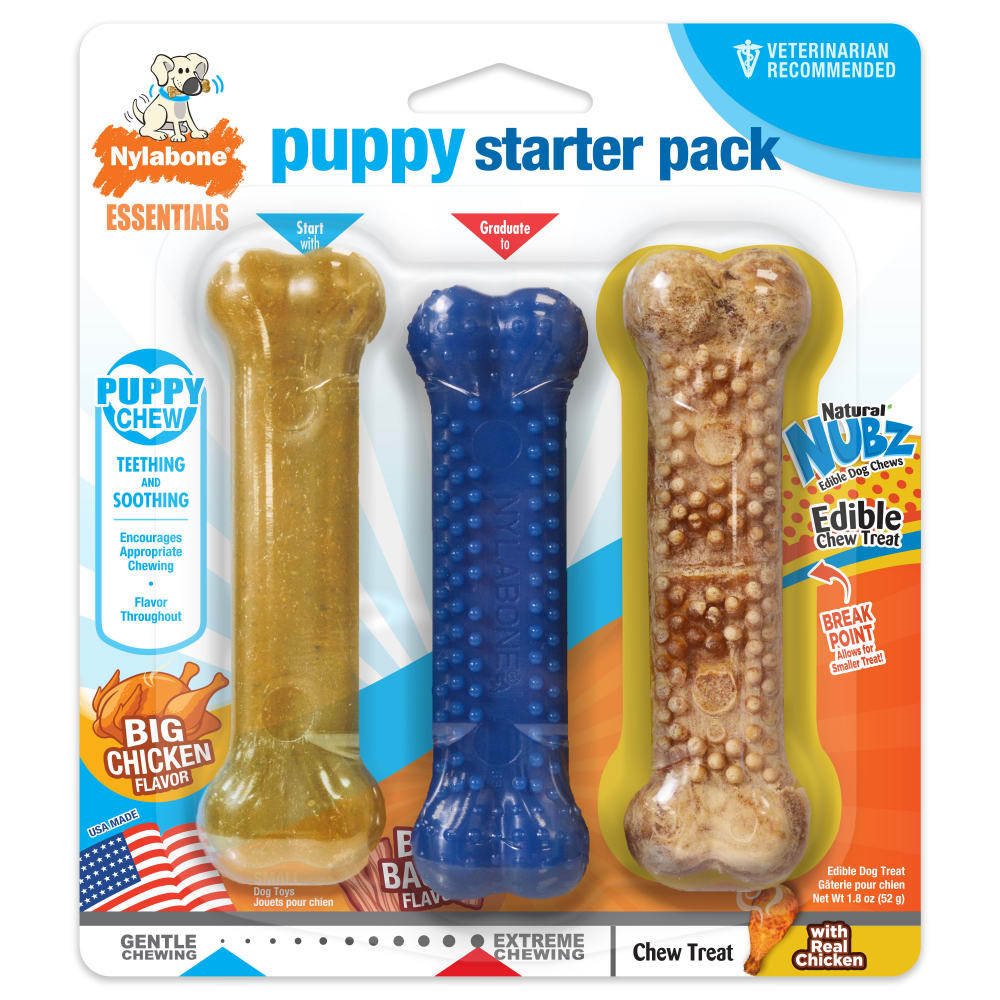Raising Puppies and Children
Puppies and children are a natural match; they can get along perfectly given the right environment and training. After all, they have a lot in common. Both love to play, have tons of energy, and are loyal and loving. That's the good news. However, the key to raising puppies and children together is understanding their more challenging behaviors. For example, both can be impatient, overactive, and prone to making mistakes.
Bringing a puppy into your household when you have a child can be a very rewarding and memorable experience if you know how to get both parties properly adjusted. Here are some tips for training your new pet to adapt to sharing their home with your child, as well as ways to involve your child in the puppy training process.
1. Reward With Treats
Puppies love treats and will do almost anything to get one. By holding a treat flat in your hand and giving your puppy instructions, he is more likely to obey your command. Take this old training trick a step further and allow your child to hold the treat while you give the command. She can then carefully reward the puppy once he obeys. This will help strengthen the bond between your child and dog, and she will feel good about being involved in the training process. This also shows your dog that your children need to be respected and treated kindly.
2. Take Walks
Walking your dog is always a good idea, and bringing your child with you is a win–win situation. Not only do they both get great exercise, but it also helps strengthen their relationship by doing something fun together. You can even let your son or daughter hold part of the leash at times and give commands, like heel and stop. When you get home, you might get lucky and soon see both the puppy and child taking a nap.
3. Use a Toy as a Buffer
When children play with dogs, especially puppies, there's always the risk of a little bite to the hand. Puppies have sharp teeth, and when they get overenthusiastic they tend to playfully jump around and bite. One good way to prevent playful biting is to always have your child hold a toy when playing with the dog. Whether it's a stuffed toy, rope, or bone, it will create a buffer and give the puppy something he's allowed to grasp with those sharp new teeth. Observe playful interactions at all times to ensure that neither party gets too rough.
4. Teach Distance and Caution
One key to making sure that interactions remain safe between your child and puppy is to understand dogs' body language. Our pets can't speak to us, but they let us know they're angry or bothered in other ways. A tucked tail usually means they're scared or intimidated. Growling shows they're upset or angry. Teach your child these warning signs and let them know that sometimes the puppy just needs to be left alone. At the same time, let your children know it's not okay to get frustrated or angry with the dog. They may be able to teach each other some patience and understanding. Once you bring a puppy into their home, children become more comfortable with dogs. Make sure to teach them to always be cautious when seeing other canines outside of the house. Other dogs may not be as friendly as their new best friend. Make sure they know to ask the dog's owner if it's okay to approach him.
5. Put Your Child to Work
Let's face it; a new puppy can be a lot of work. Let your children help. They feel a great sense of accomplishment when they help fill the dog's food and water bowls or clean up after their pet. This teaches them responsibility and helps take some work off your hands at the same time.
FOLLOW US!






